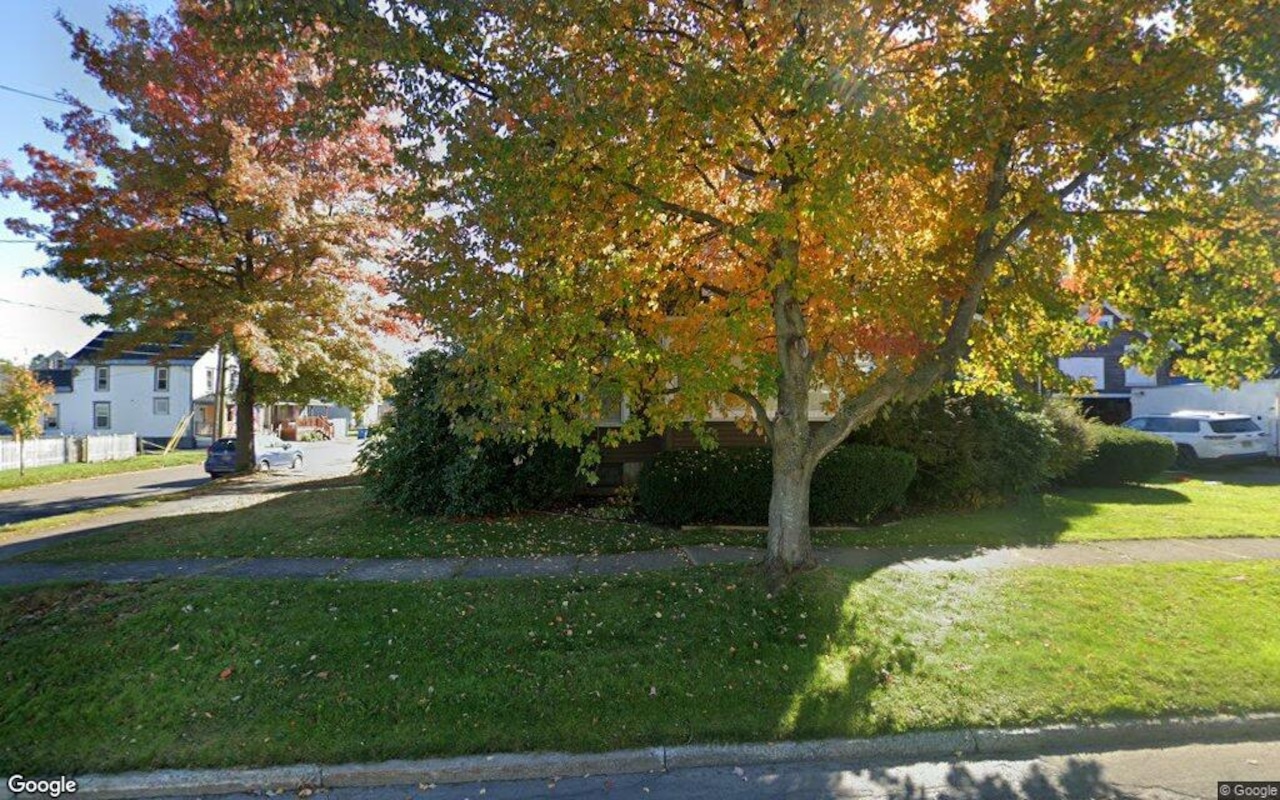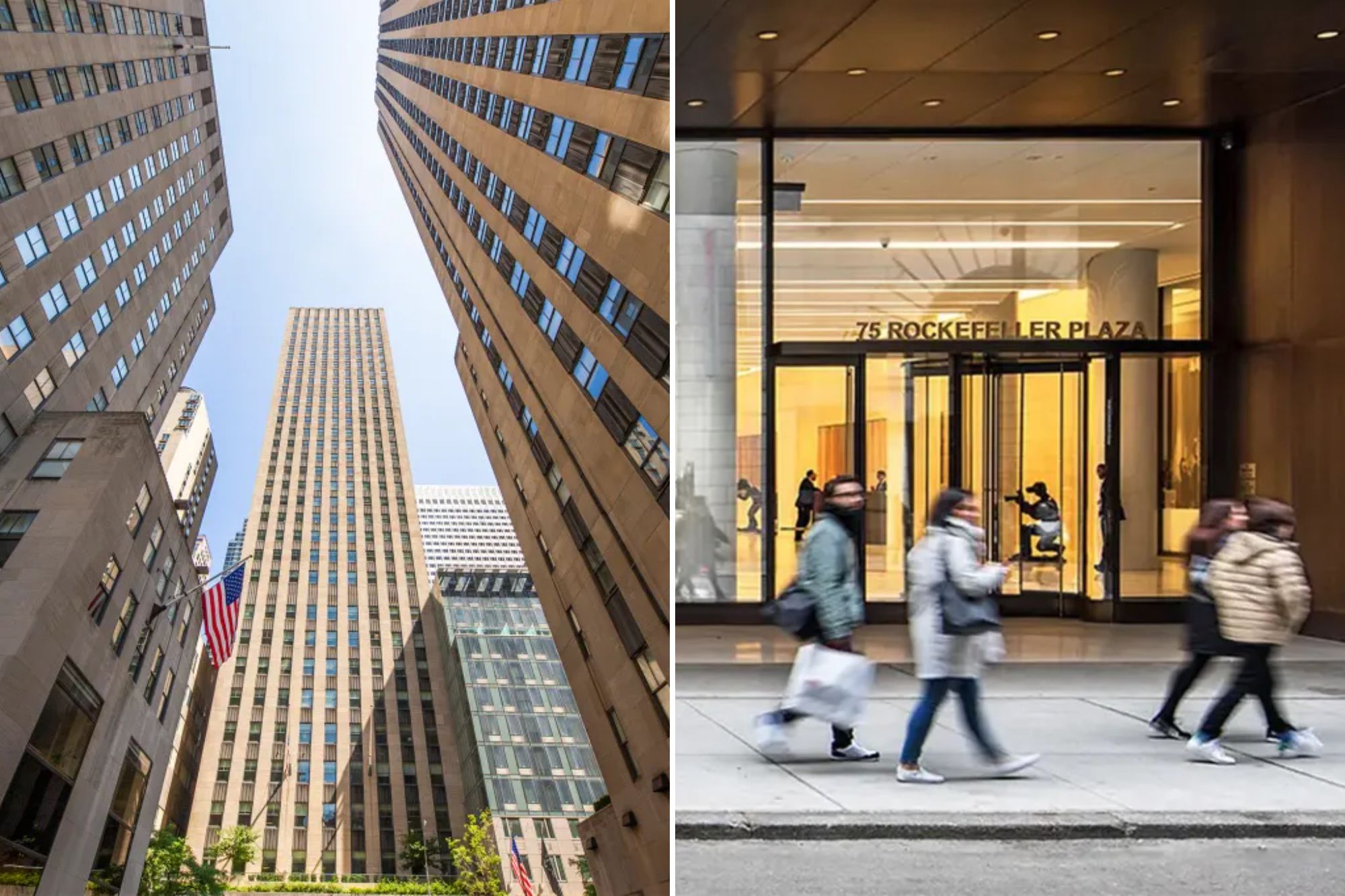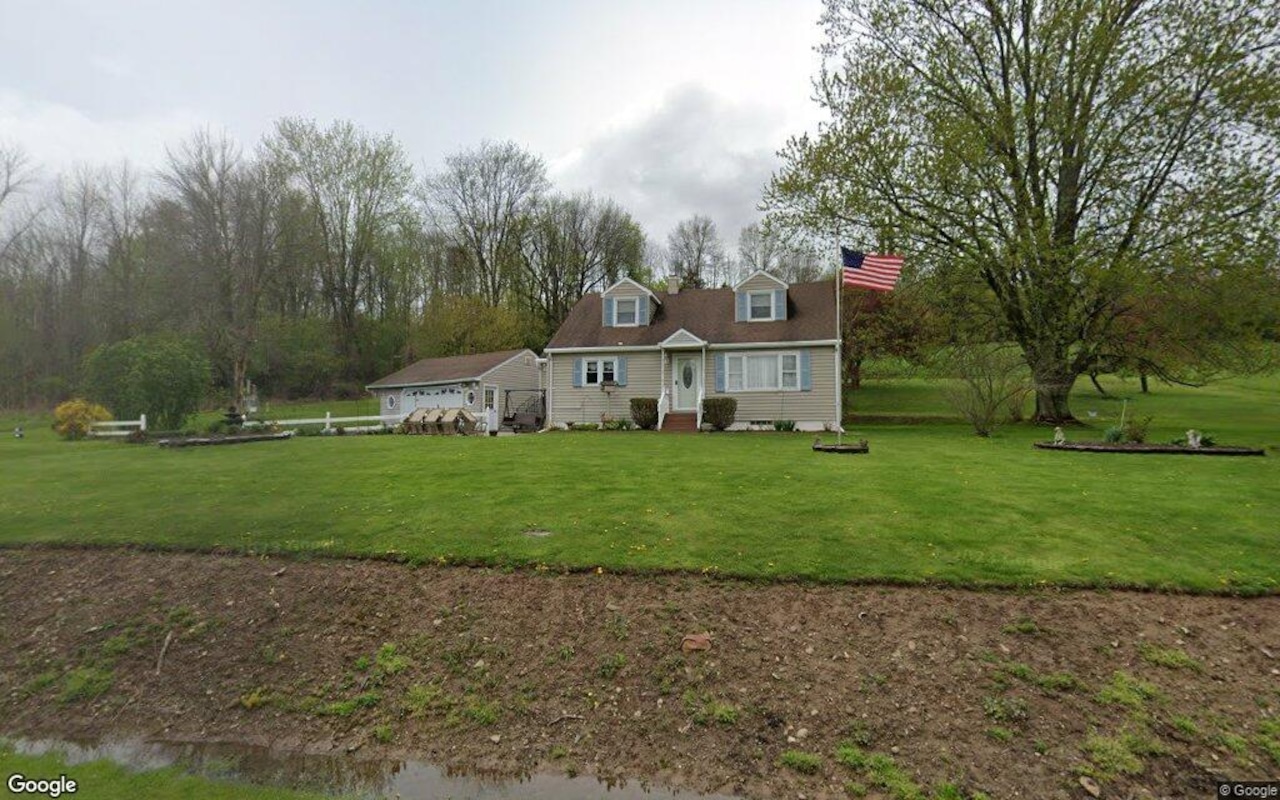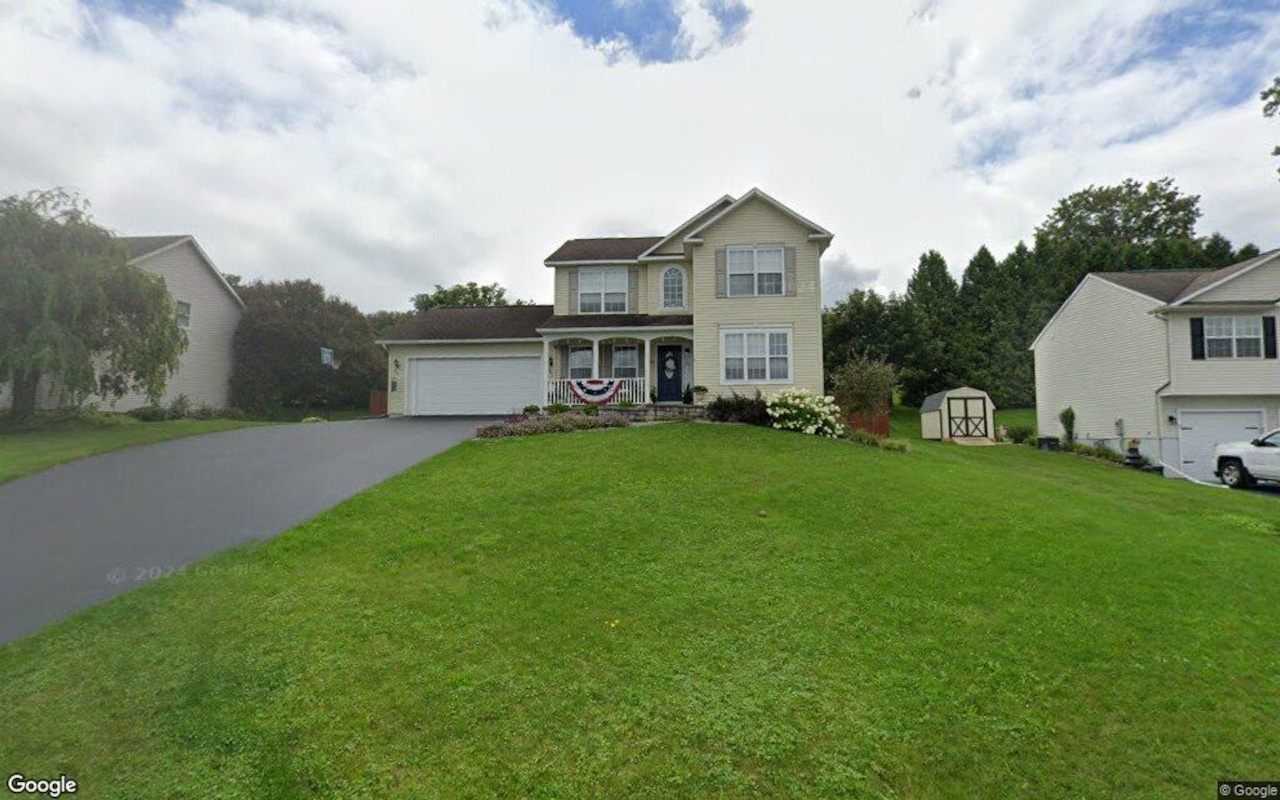T
ypical housing cycles link price and volume, but Texas is diverging. Since mid‑summer, prices have fallen faster than sales, yet transaction volume stays strong because inventory is high. The surplus of homes has made the market buyer‑friendly, boosting sales even as prices drop, signaling a transition.
September delivered the fourth straight month of year‑over‑year sales growth, outpacing the peak spring‑summer surge. Pending sales rose 2.8 % YoY, indicating momentum into October.
Statewide, the median price fell for the third month, nearly 1 % YoY. Austin, Dallas‑Plano‑Irving, and San Antonio saw the steepest declines; Houston also feels pressure from excess inventory. Inventory, easing slightly from its July peak, remains near record highs, tilting the market toward buyers and supporting sales while suppressing prices. Seller concessions hit a record: median asking‑price reduction climbed to $17 k, about 5 % off the list price.
Lower mortgage rates and a glut of new‑construction inventory have pulled buyers back, but demand remains constrained, especially in the middle‑tier segment that drives most activity. With over 80 % of mortgaged owners locked into rates below 6 %, discretionary demand from existing homeowners is limited.
Buyer demand stays resilient. Year‑to‑date sales grew 1.6 % versus 1 % through August. Pending sales were up 2.8 % YoY. The median price in September was $330 k, down from $335 k the previous month and $336.5 k a year earlier.
In September, homes sold after an average of 67 days on the market, giving an inventory turnover of 17.5 %—down from 20.6 % a year earlier. The median seller price cut rose to $17 k from $13 k a year earlier, a 5 % discount and a sale‑to‑list ratio of 0.95. Inventory stood at a 5.5‑month supply; a 3‑ to 4‑month supply is usually considered balanced. Active unsold listings averaged 96 days on the market versus 67 days for sold properties.
Inventory remains near record highs. Active inventory fell 3.4 % from July and 2.1 % from August, yet it rose 20.2 % YoY to 152,292 units. The inventory turnover ratio hit a 12‑year low of 17.5 %. New listings dropped sharply from their May peak—down 23.4 %—and slowed 5.8 % since August, though they were 6.6 % more active than a year ago.
Sales activity is weakest in the broad middle market. Many homeowners are locked into low mortgage rates and are reluctant to move into homes with higher rates. Sales momentum was strongest in the low end (<$250 k) and high end (>$800 k) segments, while the mid‑range ($350 k–$800 k) lagged. In September, entry‑level sales rose 13.9 %, top‑tier up 13.7 %, and affordable $250 k–$350 k homes grew 5.9 %. The $350 k–$600 % range fell 8.1 % YoY; this move‑up segment accounts for over 31 % of all Texas sales since mid‑2022.
Texas home prices fell again in September, with the pace of decline accelerating. The third consecutive month of negative YoY price change was led by Austin, Dallas‑Plano‑Irving, and San Antonio. Statewide, prices dropped 0.8 % YoY, up from 0.4 % in August and 0.3 % in July. Austin’s median price was $415 k versus $425 k a year earlier. The DFW area saw a 1 % annual decline, with Dallas‑Plano‑Irving dropping 1.8 %. Fort Worth‑Arlington‑Grapevine remained relatively stable. Houston’s prices fell 1 % YoY, and San Antonio dropped 1.9 % after a 1 % decline in August.














